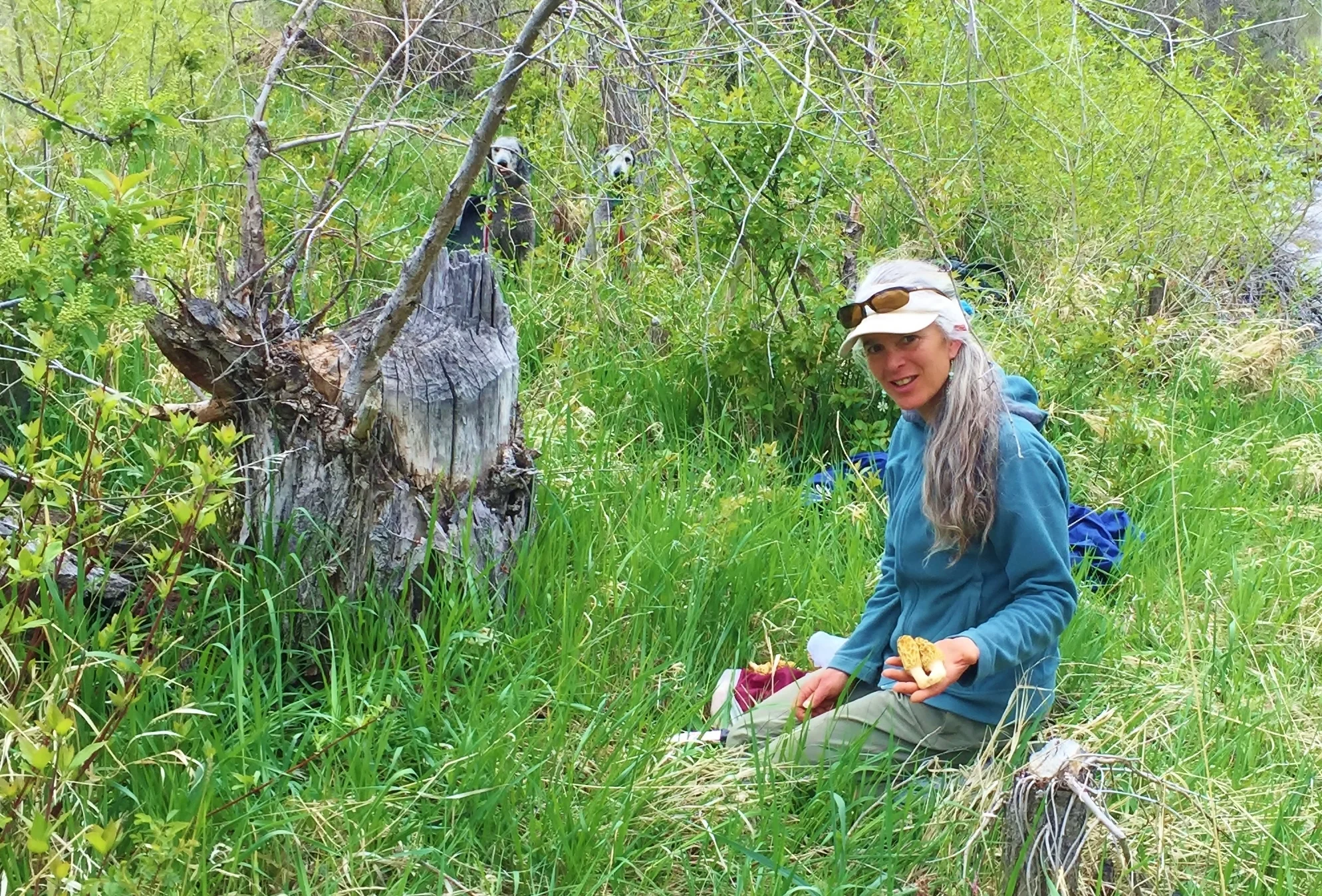I write about all aspects of my creations; foraging the wild mountains collecting the plants I infused into them, nourishing skincare traditions, ingredients, and wild-crafted musings about life on the hunt.
Below are more recent blog posts, to view see of my entries visit …
I’m absolutely thrilled when I speak to someone using coconut oil as a “moisturizer” with good results! Organic, virgin coconut oil is a healthy, traditional oil and so many people are having an all-out love affair with it! But if you ARE NOT getting the results you’d hoped for, you are NOT alone! I’m constantly hearing reports from those who are developing NEW skin problems after using just coconut oil as a moisturizer (or any pure oil for that matter) for a period of time. The bad news is that the deteriorating condition of the skin will probably get worse, the good news is we can fix this!
There’ SO much anecdotal evidence indicating real problems with this practice that it surely warrants further study.
I was expecting a weird sticky mess the very first time I washed my face with honey - well, was I pleasantly surprised! Honey, along with many other Nourishing Skin Care Traditions is making a comeback. Join me in discovering the benefits honey has to offer all skin types at any age, and how honey works its special magic on those with inflammatory skin disorders such as acne , rosacea, and psoriasis and for those seeking to support strong, healthy resilient skin as the years go by.
I hope you’ll be inspire you to try some things with honey you’d never have thought possible! Stay tuned for the next installment in this series.
Debunking myths in this day and age is quite a task! The internet is overflowing with misinformation. I have just finished my adventure down the proverbial rabbit hole in my search for published data on the safety of glycerin in your skin care products. Seeing as glycerin is the #3 most common ingredient in skin care, behind water #1 and fragrance #2 , it is important to know how it functions and what the literature has to say about it.
UPDATE 1/1/2020 HAPPY NEW YEAR!
The #1 condition I’m asked to help resolve is “dry skin”. The vast majority of you actually have “normal skin” - meaning your dry, flaky skin is not a problem on your torso. This means also that parched, dehydrated skin on your face, arms and legs can be resolved relatively quickly.
Know what it craves helps so you can give it what it needs because dry skin can lead to more serious conditions such as eczema.
Thermal Waters are making a big splash in the world of natural skin care. We like simple, pure things which benefit our skin. But there’s a hidden danger lurking in that bottle of clear, pure water.
Next time you’re tempted to try this popular French skin care “secret” make sure you understand why maintaining the right skin pH is so darn important - you’ll reach for 100% pure, steam distilled hydrosol water instead.
Many of today's skin care habits, products and routines can contribute to dis-ease of the skin. Adopting practices and skin treatments which support skin's biology and chemistry will help us to reconcile our modern lifestyles and our skin's needs. Adopting nourishing skincare traditions in novel ways, and by wisely applying modern science and technology we can help support strong resilient skin, able to be withstand the ravages of the environment, lifestyles and time.
Add the acid mantle to the long list of bodily functions which doesn't receive much attention but which can easily be at the root of skin issues, or be making them worse. If we knew better how the acid mantle functions we would take better care of it! It's surprisingly easy to damage it; unknowingly, we don't properly nurture this microscopic film. In the past 100 years our habits and expectations have been entirely altered by the explosive growth of the cosmetic, beauty, fashion, hair and skin care industries. And this is spelling bad news for the skin of people of all ages. If we knew a bit more about the acid mantle and the history of cleansing we would be adopting more nourishing approaches to skin care, and making a habit of employing a few simple tricks to help along the way.
I love nourishing traditions! I like growing a vegetable garden, making traditional food, foraging for edible and medicinal wild plants, and creating nourishing skin care based on ancient traditions. Here are some of my favorite ones I have written about. I hope you will be inspired to give them all a try! You skin will love you for it ... promise.
This ain't your grandma's "lye soap" my dear! Dispelling the myths surrounding REAL, old fashion soaps made from plant oils, seed butters, and fats is helpful to those seeking natural products. Learn what it is, how it's made today, it's ancient past and modern history. I found learning about how people cleansed themselves and their dirty stuff in the past to be particularly interesting.










Meet the Matriarch of the Plains, Queen of the Salix and her entourage of Salicin rich courtiers; Aspen, Willow, Cottonwood. These are all Salix plants, all Salix plants contain an important pain relieving compound called Salicin. Salicin is the precursor of Salicylic Acid. Aspirin is a derivative of Salicylic Acid. Since the dawn of time Salicin has been extracted from plants by various means and employed to relieve pain, swelling and inflammation associated with inflammatory issues of the skin and musculoskeletal system. Cottonwood buds are a rich source of Salicin … a true and enduring gift from the world of plants.